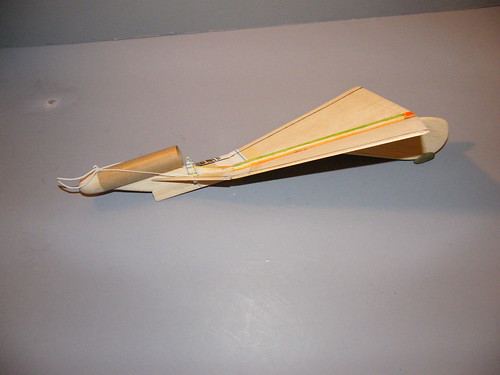StefanJ
Well-Known Member
- Joined
- Jul 6, 2009
- Messages
- 428
- Reaction score
- 5
I just finished building and trimming a "Raven," a nifty delta-winged boost glider from an old Model Rocket News plan:
https://www.spacemodeling.org/JimZ/eirp_23.htm
I just reread the plans to see if I needed to do anything else. I notice that they call for the area to the rear of the motor to be coated with "high heat aluminum paint."
I remember seeing this paint in very old Estes catalogs. Centuri offered a heat proofing solution as well.
I think I could make fireproofing solution from boric acid and borax, but can anyone recommend a modern equivalent of the paint?
I'll post pictures of the Raven on the gallery section.
https://www.spacemodeling.org/JimZ/eirp_23.htm
I just reread the plans to see if I needed to do anything else. I notice that they call for the area to the rear of the motor to be coated with "high heat aluminum paint."
I remember seeing this paint in very old Estes catalogs. Centuri offered a heat proofing solution as well.
I think I could make fireproofing solution from boric acid and borax, but can anyone recommend a modern equivalent of the paint?
I'll post pictures of the Raven on the gallery section.




